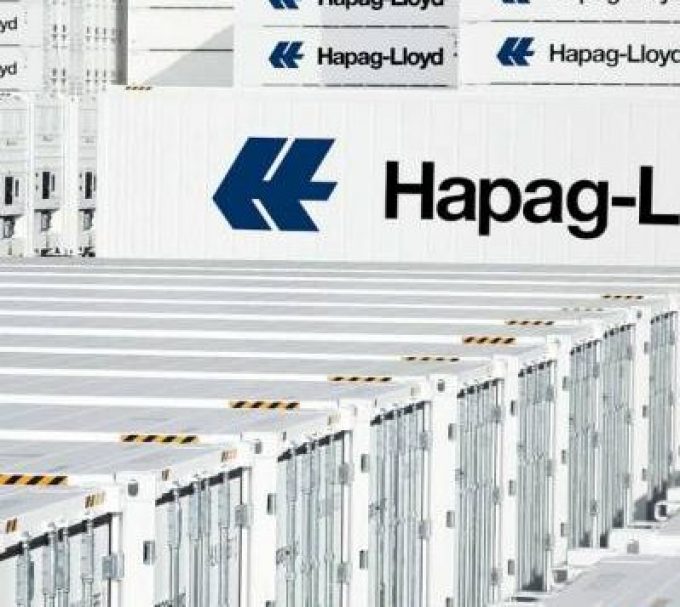
By Ian Putzger
Hapag-Lloyd has dealt a body blow to US shippers of soybeans and other agriculture exports with its decision to suspend carriage of container shipments of their produce from North America.
The suspension is the result of an acute shortage of containers in Asia, as boxes have ...


Comment on this article
Peter Friedmann
October 29, 2020 at 9:29 pmthe acronym for the Agriculture Transportation Coalition is the AgTC.